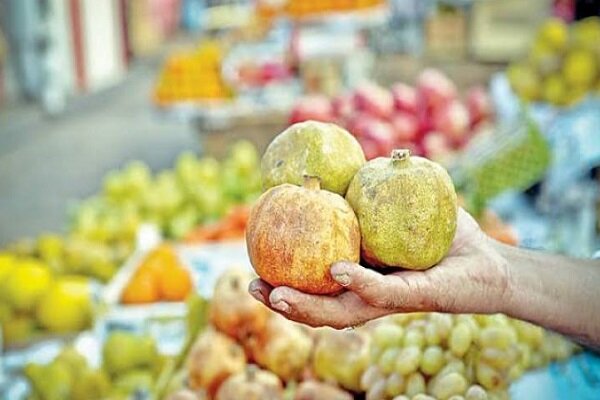According to the researchers, the advantages of the new technology are simplicity, cost-effectiveness and the capacity to find harmful particles in low concentrations. The results were published in the Microchemical Journal (https://www.sciencedirect.com/science/articleabs/pii/S0026265X21005725).
The use of thiabendazol for food products is prohibited in Russia and the European Union. However, it is used in agriculture for plants to protect them from pests, rotting and mold, the scientists explained. Thiabendazol residues easily enter the environment as well as fruits and vegetables as the chemical is added to the soil.
"Thiabendazol is toxic to humans. Among the main signs of poisoning are nausea, vomiting, headache, drowsiness and fever. Once in the body, thiabendazol can lead to liver failure, affect the normal development of the foetus in pregnant women or cause allergic reactions. The poisoning capacity of the chemical on living organisms have been recognized by the European Union Food and Drug Administration and other similar organizations", - Constantine Katin, the National Research Nuclear University MEPhI Assistant Professor said.
The specialists have developed a new way to find thiabendazol in fruits even in the smallest concentration. A certain solution has been created for this end. The chemical composition was developed with the help of DFT calculations (density functional theory), comparing the electron structure of thiabendazole molecules and other substances.
"The task of the DFT calculations was to find the chemical composition of the solution that would fit the thiabendazole "as a key to the lock". It was important to us that the resultant solution effectively interact with thiabendazole, even when it’s present in the smallest concentration and when there are also other contaminants in a food product", Constantine Katin noted.
After testing a variety of options, the scientists found a suitable molecular structure based on betaine and furoic acids, which discover thiabendazol in fruits and bind to it "illuminating" the chemical.
This allowed even the smallest doses of a toxic substance (up to 0.1 mg/litre) to be found in almost all types of fruit exported, the scientists said.
"The limit for the maximum amount of thiabendazol in fruit and vegetables is established by relevant authorities of a State. Standards may vary slightly depending on the country, but in most cases, they are about 5 mg/l for fruits. The technology proposed is capable of determining thiabendazol concentrations 50 times less than the legal limit", - Constantine Katin specified.
Earlier thiabendazol was searched with capillary electrophoresis or fluorescent spectroscopy. These are expensive techniques that require special equipment, which is not available in most laboratories, while betaine and furoic acids are freely available for researchers.
The authors plan to patent the technology and accredit it to the Commission of the European Union so that it can be used for the inspection of food products exported from Turkey to the European Union. In addition, the specialists are already developing similar technology for searching toxic substances in cosmetics. Scientists from Turkey, Saudi Arabia and Iran also participated in the study.
ZZ/SPUTNIK


























Your Comment